Category Archives: Alternative Energy
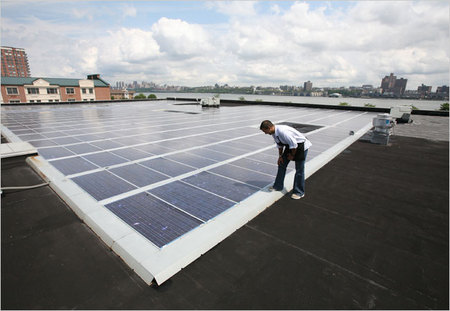
Don’t think that the biggies of the retail business are going eco-conscious for no reason at all. There always is an ulterior motive as far as they are concerned. Recently giants like Wal-Mart Stores, Kohl’s, Safeway and Whole Foods Market have fitted their roofs with solar panels to generate electricity on a large scale. They need to complete all the installations before the Dec. 31 deadline to take tax advantages for these projects. The trade analysts state that these projects could produce enough power to help reduce total electricity demand and depending on the location and weather, the solar panels generate 10 to 40 percent of the power a store needs. Whatever the motive, I vote in the favor of such tax benefits if they result in such eco-friendly endeavors.
Continue reading 

Texas has been given preliminary approval for a $4.9 billion plan to build transmission lines to carry wind power from West Texas to urban areas such as Dallas. Citizens will pay an extra $3 to $4 each month on their electricity bills for the next few years. The plan will account for enough lines to carry 18,000 megawatts (MW) — a serious amount of electricity. The state currently generates 5,000 MW, so these lines will leave plenty of room for growth. Citizens will pay an extra $3 to $4 each month on their electricity bills for the next few years. The plan would also be the biggest investment in clean energy in U.S. history.
Continue reading 

Alternate energy is the new investment mantra for power generation, but is this all just a rosy picture? The biggest problem with wind energy is the unavailability of wind on all parts of the globe. Coal the current source of 50% all energy produced for the country, along with natural gas making up about 21%, and nuclear power comprises about 20%. Hydro and oil each contribute a bit as well, while traditional renewable – wind, solar, biomass and geothermal – ring in at only 3% combined. A billionaire oilman has been hitting the airwaves, pitching a plan to use wind to replace all the natural gas that’s used to produce electricity, then using that saved natural gas to fuel cars. To make sure enough power is available when the wind isn’t blowing, backup generators would be needed this causes, that could mean maintaining those natural gas plants that cause harm to the environment. In case of emergency a wiser idea would be implementing even more novel ideas like systems in Europe that use excess wind electricity to pump water uphill when the wind is blowing, then release it through hydro dams when the wind stops.
Continue reading 

Ineos a British chemicals company seems to have found the answer to soaring fuel prices; an alternative fuel derived from rubbish. They have patented a method of producing fuel from municipal solid waste, agricultural waste and organic commercial waste. Apparently they can produce about 400 liters (90 gallons) of ethanol from one tone of dry waste. The procedure is thus: they heat the waste to produce gases, which is then fed to bacteria, who in turn produce ethanol that can be purified into a fuel. Ineos plans to sell the environmental product in industrial quantities by the end of 2010. Peter Williams, the chief executive of Ineos Bio, said: “This should mean that, unlike with other biofuels, we won’t have to make the choice between food and fuel.”
Continue reading 

Will we ever be able to see our energy being generated from the plants and trees that surround us? Photosynthetic organisms use the energy from light to break down water into oxygen and hydrogen. The hydrogen then reacts with carbon dioxide to help synthesize carbohydrates, the molecules organisms use to store energy. Photosynthesis falls into a class of reactions known as multiple electron systems. Nobody has succeeded in making artificial multiple electron systems that could provide the necessary energy for artificial photosynthesis. Existing systems can donate and receive only one electron at a time. Chemists have long tried in vain to reproduce the process in vain, but a group of researchers at the Hebei Normal University of Science and Technology in Qinhuangdao, China, have found that single-walled carbon nanotubes could act as the chemical heart of a multiple electron system.
Continue reading 
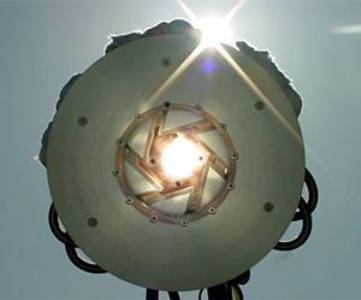
When in school most of us have tried lighting a match stick with a magnifying glass, focusing all its power on one point to get fire. Well, what if you take that principle and develop a device that can provide energy for a generator to work? Canadian energy company Solar Hydrogen Energy Corporation (SHEC) Labs has developed the world’s most efficient solar thermal technology. They have developed a concentrator and complementary receiver technology that is able to concentrate sunlight up to 5,000 times the intensity that normally would fall on a surface on earth. This immense solar concentration can create heat at the focal point that approaches the surface temperature of the sun at 6,000 °C (11,000 °F). Metal placed at the focus is instantly melted. In commercial scale systems, SHEC expects that the concentrations could be as high as 11,000 to 16,000 times the intensity of the sun. Applications of this technology are power generation; process heating, district heating, water distillation, synthesis gas (syn gas) production which can be used for the production of alternative fuels including hydrogen and other applications. Using thermal heat to convert methane, such as is collected off landfills, into hydrogen and syngas. The combined H and syngas, also called “hythane” can be used in vehicles that run on natural gas. A landfill in Texas, in process of implementing this technology by SHEC, will be able to fuel 5,000 fleet vehicles per year. Another plant further along in Regina, SK, Canada, will produce enough gas to fuel 800 vehicles per year. SHEC says their technology has been very challenging to develop, taking the span of a decade to work out the details of the process and materials. The materials and method for making this receiver tube are proprietary, but the materials consist of natural, not exotic, elements.
Continue reading 

Solar cell arrays on houses are commonly a handful of kilowatts, or thousandths of a megawatt. On big commercial buildings, installations of one or two megawatts have become common. A one-megawatt installation will run about 1,000 window air-conditioners simultaneously, at least as long as the sun is shining. Energy Conversion Devices has planned to solarize the General Motors assembly plant in Zaragoza, Spain. The project will be putting out 12 megawatts, a huge number in a field where most arrays are measured in kilowatts. The project will use solar devices manufactured in rolls, like carpet runners. Installation will be completed this fall, according to the company, which is based in Rochester Hills, Michigan Energy Conversion will supply the equipment to Veolia Environment and Clairvoyant Energy, which will lease the rooftop space from GM and own and operate the installation, which will be two million square feet.
Continue reading 
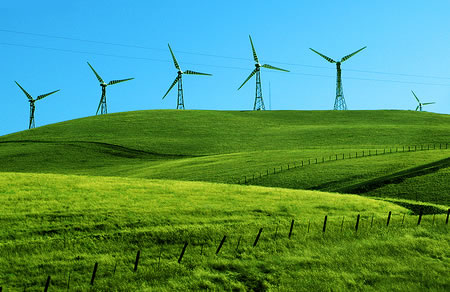
Germany’s Bundestag or lower house of parliament passed a law last month aimed at increasing the amount of power generated by renewable energy sources like wind or solar power to 30 percent from the current 14 percent by 2020. The rise in the oil price has made this all the more pressing and the interest from investors’ shows that it is economically viable. The government is aiming to obtain “25,000 megawatts of energy from wind farms by 2030.
Continue reading 
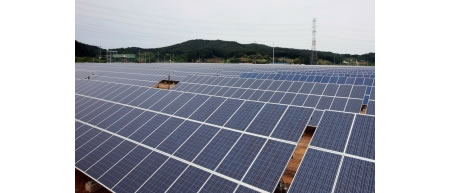
LG completed construction of the Korea’ biggest solar panel plant, as part of the group’s strategy to make inroads into the alternative energy market. The LG solar plant in Taean county, about 110 kilometers southwest of Seoul, is capable of producing 14 megawatts of electricity a year, equivalent to the demand by some 8,000 homes, LG said. The solar plant is part of LG’s move to provide alternative energy amid rising oil prices. LG spent 110 billion won (US$105 million) to build the facility.
Via – Fareastgizmos
Continue reading 
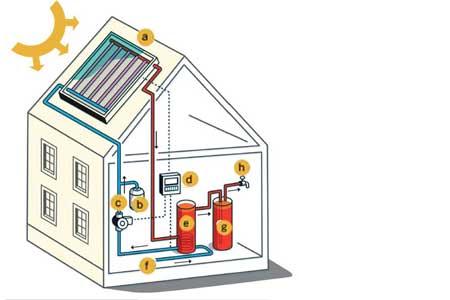
In order to reduce its 90% reliance on imported fossil fuel Hawaii has proposed a new bill that does not allow new housing licenses to single-family homes without solar water heaters installed. Some exceptions will be allowed, such as forested areas where there are low amounts of sunshine. The bill was signed into law by Governor Linda Lingle, a Republican. It requires the energy-saving systems in homes starting in 2010. State Sen. Gary Hooser, vice chairman of the Energy and Environment Committee, first introduced the measure five years ago when he said a barrel of oil cost just $40.
Continue reading 










